Deck & Commander Strategies
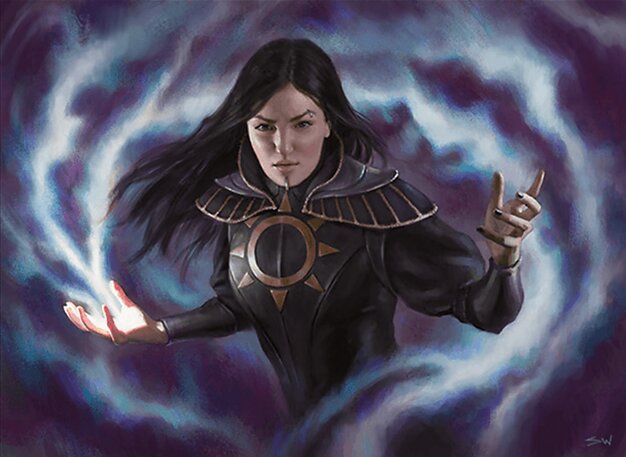
Teysa, Orzhov Scion
Focuses on creating and leveraging tokens with death triggers and life gain, using equipment like Skullclamp to draw cards and drain opponents' life.

Rakdos, Lord of Riots
Aggressive deck aiming to cast cheap creatures by dealing damage to opponents, supported by burn spells to reduce opponents' life totals and clear blockers.
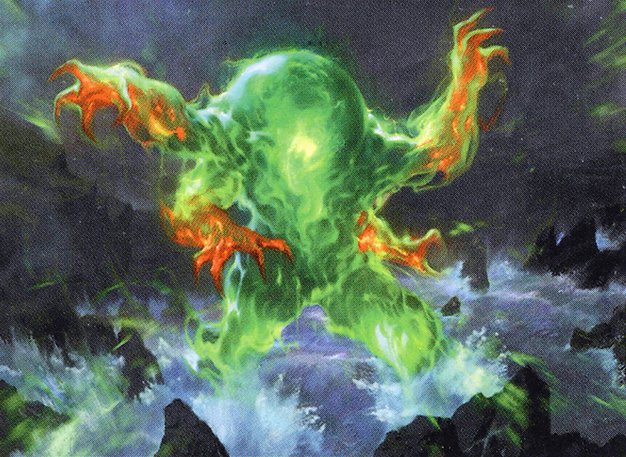
Omnath, Locus of the Roil
Ramp-heavy strategy that uses landfall triggers and +1/+1 counters to build a large board presence and deal incremental damage.


Ishai, Ojutai Dragonspeaker / Thrasios, Triton Hero
Utilizes +1/+1 counters to grow Ishai while drawing cards with Thrasios, combined with control elements like removal and board wipes to stabilize and gain advantage.
Gameplay Insights
- 1
The use of Skullclamp on creatures like Suture Priest and Grim Haruspex provided consistent card draw and life drain, fueling Teysa's synergy.
- 2
Omnath's landfall triggers combined with Crucible of Worlds allowed repeated land drops and multiple +1/+1 counter triggers, quickly escalating board presence.
- 3
Council's Judgment was used strategically to exile problematic permanents, often tied with voting to remove multiple threats simultaneously.
- 4
The Supreme Verdict board wipe reset the board at a critical juncture, but Teysa's synergy allowed quick recovery by returning key creatures.
- 5
Rakdos capitalized on damage-based ramp and burn spells to pressure opponents continuously, forcing reactive plays.
- 6
Ishai's ability to grow with +1/+1 counters alongside Thrasios's card advantage created a resilient late-game plan.
- 7
Players carefully managed combat steps and blockers to maximize damage output and minimize losses, showcasing advanced timing and resource management.
Notable Cards
-

Skullclamp
-
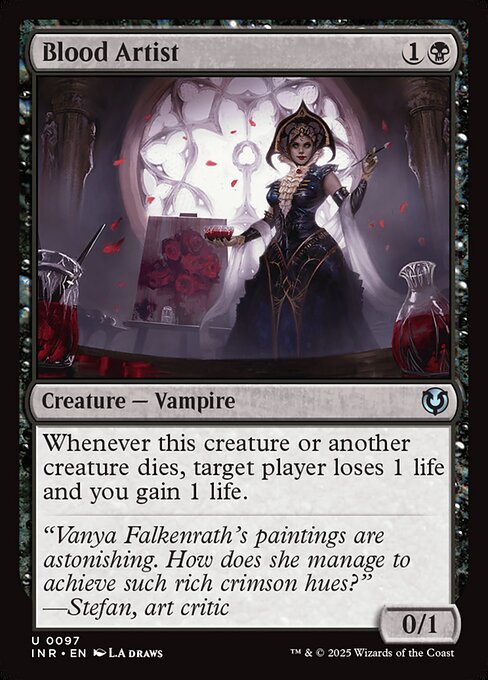
Blood Artist
-

Suture Priest
-

Grim Haruspex
-

Omnath, Locus of the Roil
-
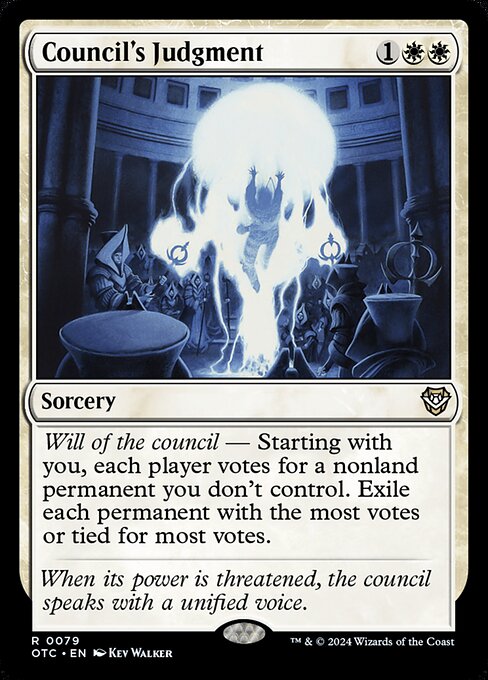
Council's Judgment
-

Supreme Verdict
-
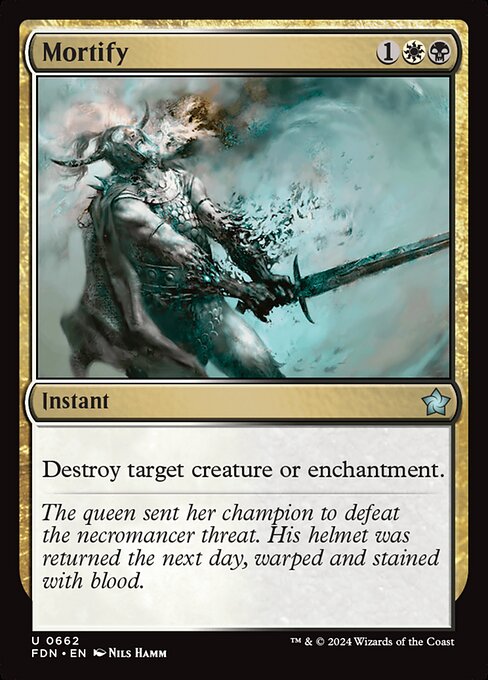
Mortify
-
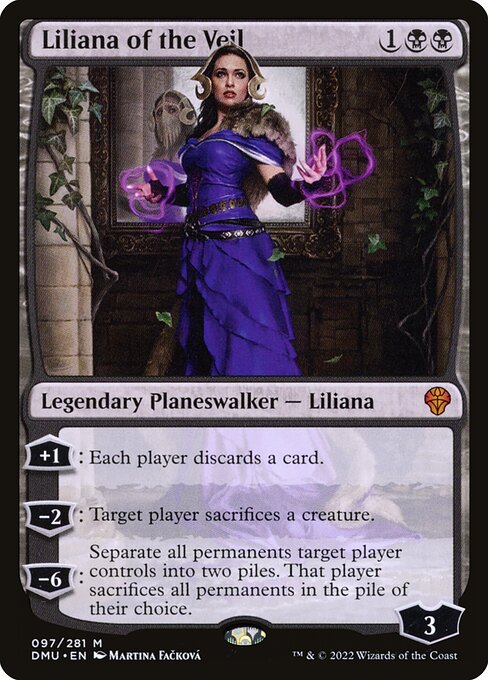
Liliana of the Veil
-
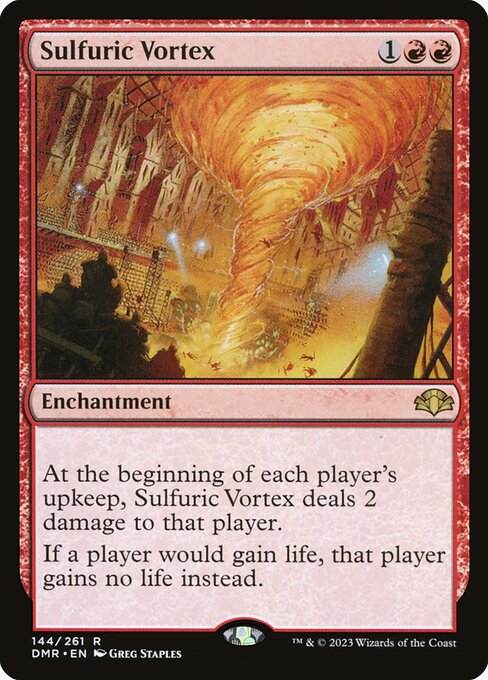
Sulfuric Vortex
-

Anger
-
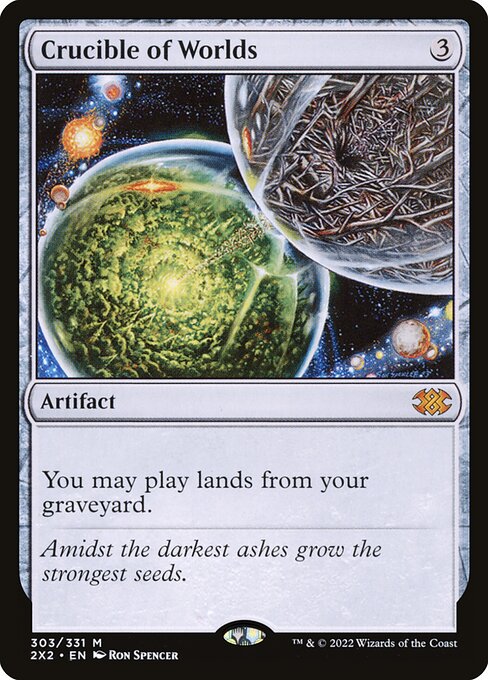
Crucible of Worlds
Gameplay Summary
The game began with players developing their mana bases and deploying early creatures and value engines.
Teysa's player focused on a resilient token and life-gain synergy, leveraging cards like Skullclamp and Suture Priest to drain opponents and draw cards.
Rakdos's deck pressured with aggressive creatures and burn spells such as Anger and Sulfuric Vortex, aiming to wear down opponents quickly.
Omnath's player ramped aggressively and used landfall triggers and +1/+1 counters to build a large, threatening board state.
Ishai/Thrasios utilized a combination of counters and card advantage, supported by spells like Council's Judgment and Supreme Verdict to control the board. Midgame saw significant board wipes and strategic plays, including Supreme Verdict resetting the board and the use of Council's Judgment to remove problematic permanents.
A key turning point was when Omnath accumulated a massive board presence with many +1/+1 counters and damage output, swinging for 18 commander damage in one attack.
However, the game remained interactive with players using removal and disruption spells such as Mortify and Liliana of the Veil's sacrifice effect.
The game showcased a balance of aggressive damage, board control, and value engines, culminating in complex combat and strategic voting to manage threats.
While the final outcome was not explicitly detailed, the game featured strong interplay between token synergies, landfall value, and incremental advantage through counters and card draw.





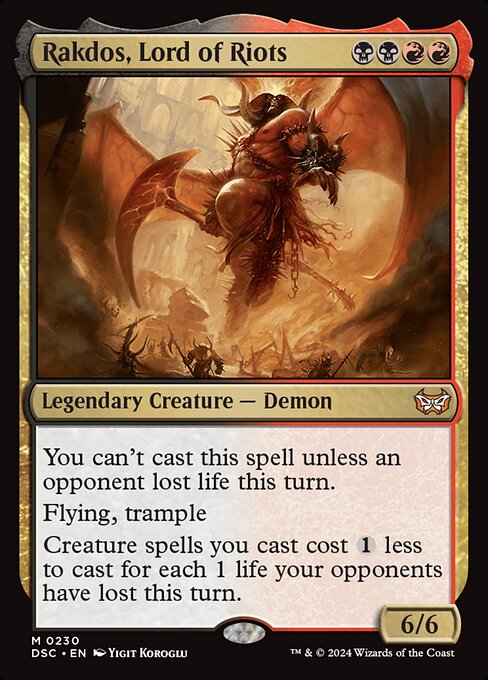





![Commander Gameplay 26 - Zacama v. Ayula v. Vial Smasher-Ikra-Obosh[Companion] v. Locus of the Roil thumbnail](https://i.ytimg.com/vi/hJLxJ686X1g/sddefault.jpg)






![Commander VS S7E8: Wrexial vs Rakdos vs Zur vs Feldon [MTG] thumbnail](https://i.ytimg.com/vi/uShPuN5yal8/sddefault.jpg)
![Commander VS S4E5: Rakdos vs Geist vs Bosh vs Wrexial [MtG: Multiplayer] thumbnail](https://i.ytimg.com/vi/u4s3IlCLlpk/sddefault.jpg)

























![Commander VS S16E3: Kethis VS Atemsis VS Yarok VS Omnath [EDH] thumbnail](https://i.ytimg.com/vi/dJ1gCDF5tlI/sddefault.jpg)



